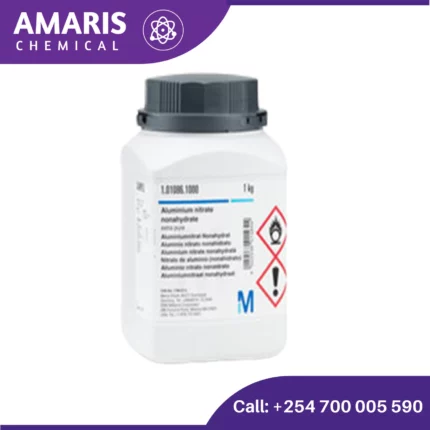
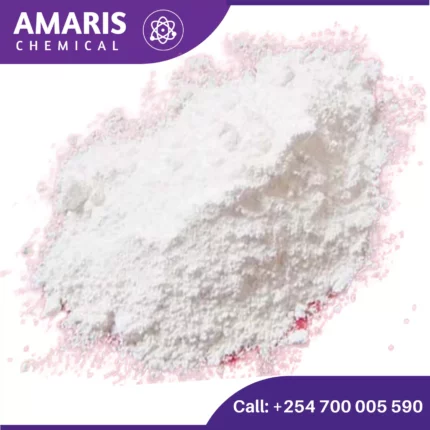
Aluminum Potassium Sulphate 500gm
$900.00 Original price was: $900.00.$800.00Current price is: $800.00.
Aluminum Potassium Sulphate, commonly known as potassium alum or potash alum, is a chemical compound with the formula KAl(SO₄)₂·12H₂O. It is a type of alum, a double sulfate salt, and is typically found in its dodecahydrate form. Here are some key points about this compound:
Physical Properties:
- Appearance: Colorless, transparent crystals or white powder.
- Solubility: Soluble in water but insoluble in alcohol.
- Melting Point: Decomposes at high temperatures before melting.
Chemical Properties:
- Molecular Formula: KAl(SO₄)₂·12H₂O
- Molecular Weight: 474.39 g/mol (for the dodecahydrate form)
- Acidity: It is slightly acidic in aqueous solution.
Uses of Aluminum Potassium Sulphate
Crystal Growing:
Potassium alum crystals are often used in educational demonstrations or experiments for crystal growing due to their large, transparent crystals and ease of formation.
Coagulation:
It is employed in water treatment processes in the laboratory for coagulation and flocculation purposes. It helps in the removal of suspended particles and impurities from water samples.
Buffer Solutions:
Potassium alum can act as a buffer in certain pH ranges, particularly in slightly acidic conditions. It can be used to prepare buffer solutions for various laboratory experiments and biochemical processes.
Electrochemistry:
In electrochemical studies, aluminum potassium sulfate may be used as an electrolyte solution due to its ionic conductivity properties. It can facilitate the flow of ions between electrodes in electrochemical cells.
Analytical Chemistry:
Potassium alum is sometimes used in analytical chemistry as a reagent or as a component in specific analytical methods. For example, it may be employed in qualitative analysis for the precipitation of certain metal ions.
Gel Electrophoresis:
In gel electrophoresis techniques, potassium alum may be used as a component in the gel matrix to provide structural support and help maintain the integrity of the gel during electrophoresis experiments.
Protein Crystallization:
Potassium alum has been used in protein crystallization experiments, particularly in the early stages of crystallization screening, due to its ability to form well-defined crystals and its compatibility with many proteins.
Dyeing:
In textile laboratories, potassium alum may be used in dyeing experiments to fix dyes onto fabrics or to modify the color and properties of the dyed material.

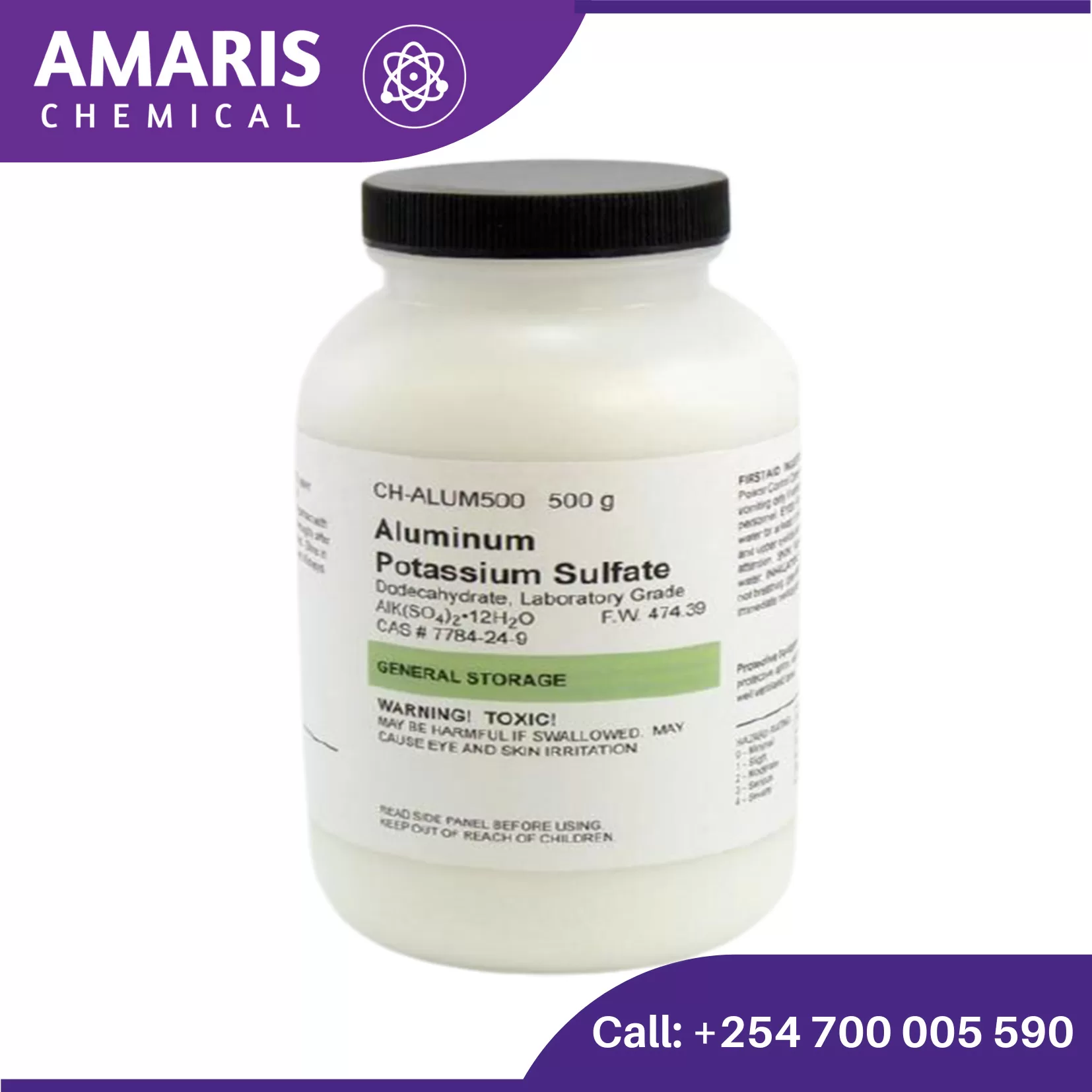
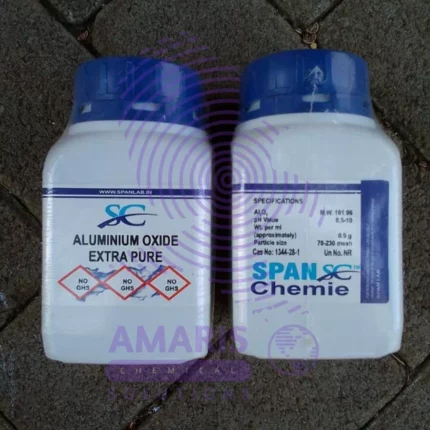
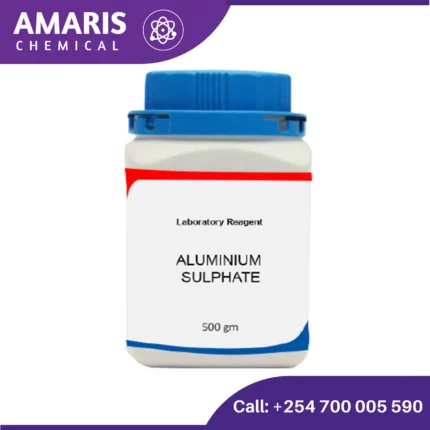
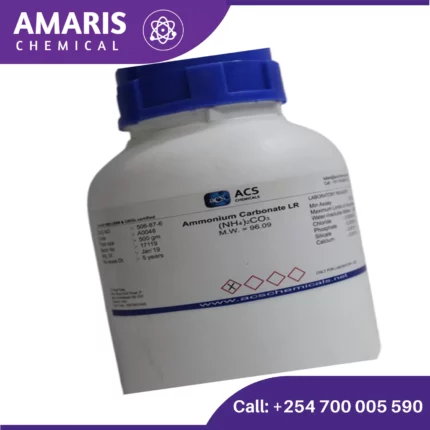
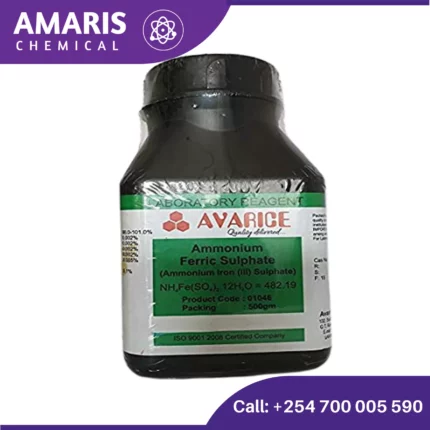

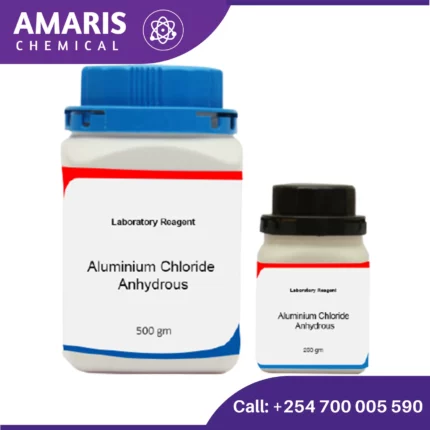













Reviews
There are no reviews yet.